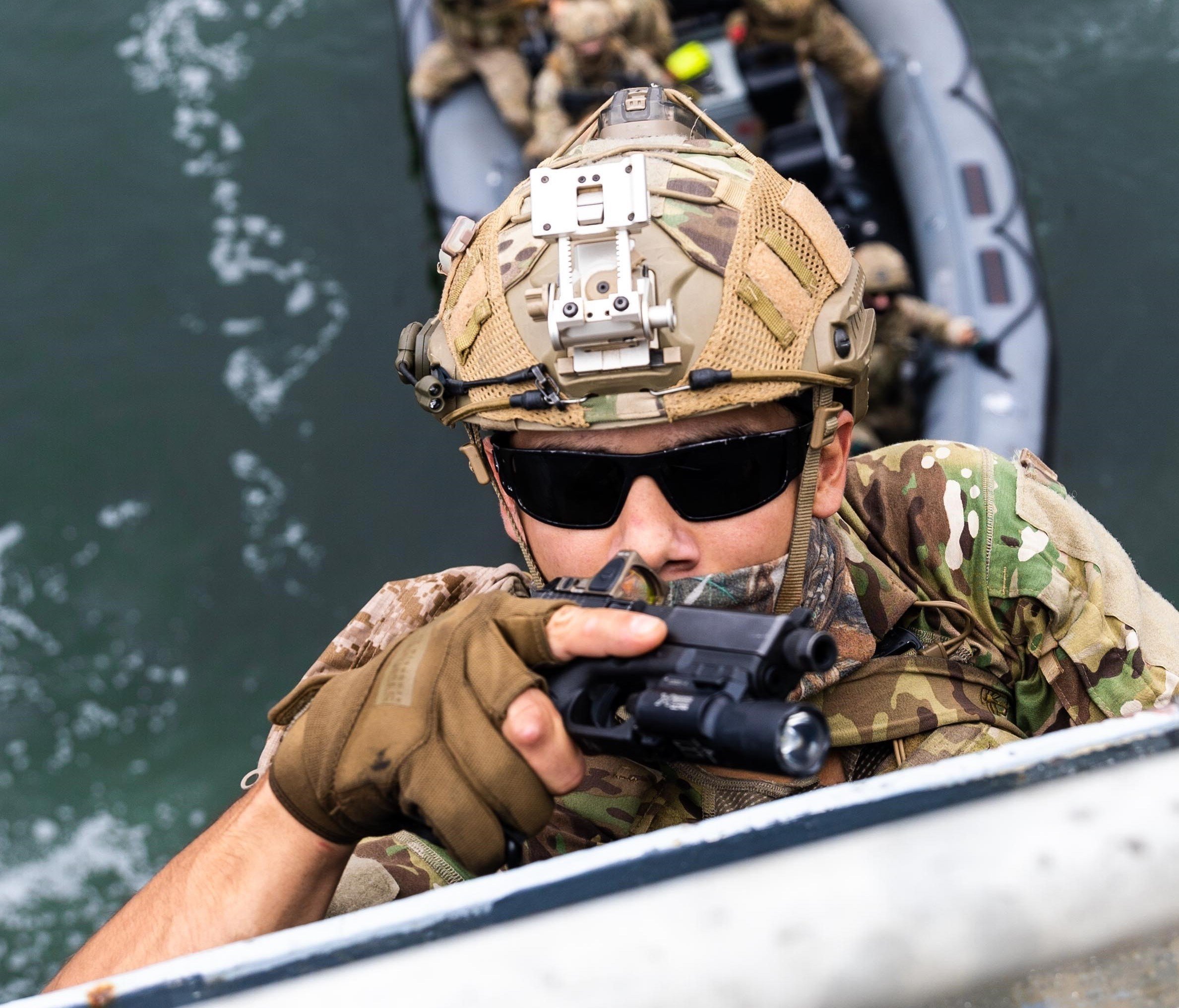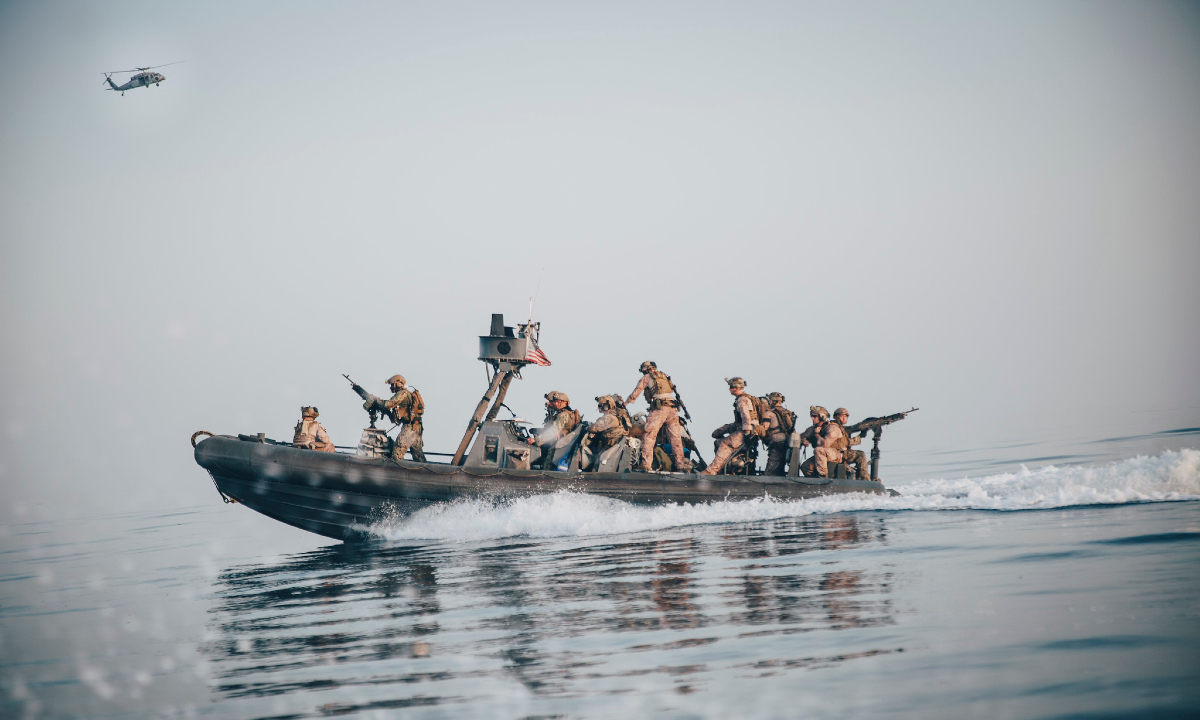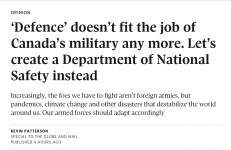Would you ever deploy said platoons? If not, then this is another administrative formation, which is more or less the same as what we have right now.
You can't have half a platoon in one unit, a weapons section in another, then expect them to work well together unless they regularly participate in exercises together, which requires job protection at a federal level.
Reserve restructuring is impossible unless our political leaders actually make an effort for it. Geography is a challenge yes, but the US ARG has figured it out in some of their less densely populated states. If they can put together deployable BCTs, surely we can deploy at least battalion sized units right? There just needs to be the political will to do so.
Would you ever deploy said platoons?
As part of a Reserve Company or Battalion group on local DomOps? Perhaps.
As part of a Regular Company or Battalion group on Expeditionary Ops? Perhaps.
I know that many are weary of me banging the same drum. I get weary. But I figure if FJAG and his Heavy Supporters can persevere than I can continue to offer what I hope is constructive opposition.
So.
The nature of warfare continues its never-ending cycle of adaptation as people find new ways to adapt and overcome. This invariably means doing what the other guy isn't. Nobody can defend against all threats. Nobody can hold everything.
But.
Any single course of action is doomed to failure. Balance is required.
To which I continue to argue for the inclusion of a robust "light" component in the Force 2025 structure.
It is relatively cheap.
It is deployable.
It is useful.
It is in tune with the zeitgeist of our allies.
It is compatible with a continuing maritime presence aboard both the AOPS and the CSCs.
It is air deployable.
It is operational by air, sea and land in terrain inaccessible by road.
It reflects the continuing rise in non-conventional disruptive efforts by our enemies that is generating increasing demand for Special Operations Forces.
It reflects the return to "history" or, as I choose to call it "Hobbesian Conflict", more commonly known these days as Dispersed, Multi-Domain, Grey Zone conflict.
The Medium Force is a capability. It can, indeed, be a useful capability. It shouldn't be our only capability.
The Medium Force is the modern equivalent of the Hanoverian Dragoons raised to maintain order in Britain during the Jacobite insurgencies of the early 1700s. But the Hanoverians also raised regiments of light infantry to serve the government's foreign interests aboard the Royal Navy.
FJAG argues for a Heavy Reserve in support of the Medium Force.
I argue for a Light Reserve in support of CANSOFCOM.
Both efforts require a bridging element of Regulars to join the Reserve to the Regs.
The Heavy Reserve needs Maintainers and Trainers.
The Light Reserve needs Trainers and many fewer Maintainers. It also requires many fewer dollars.
Again, I emphasise, I am not talking about superhero weekend warriors. I am talking about regular infantry doing regular infantry things, in dispersed small units, creating an environment in which Special Forces and Medium Forces can succeed.
The discussion is a live one all over.
Increasing gray zone conflicts around the world means U.S. Special Operations Command must adapt to the era of great power competition while still being a counter-terrorism force, a key House lawmaker said Wednesday. Disinformation campaigns by China, Russia and others and attacks by...

news.usni.org
The newest US maritime strategy, Advantage at Sea, fails to include the Marine Air-Ground Task Force (MAGTF) as a viable operational component for competition in the gray zone. Though Advantage […]

mwi.usma.edu
JUST IN Report Army Doing Poor Job Communicating Its Tactical Wheeled Vehicle Needs

www.nationaldefensemagazine.org







